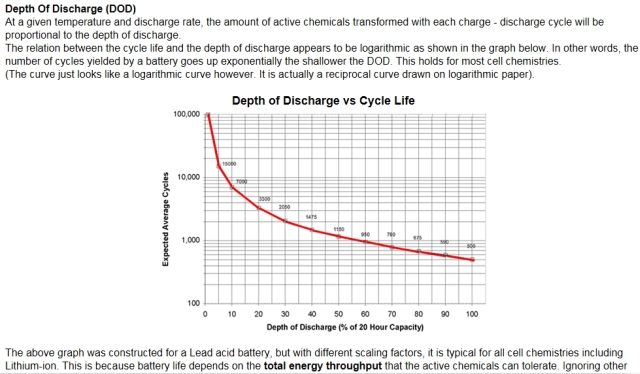hmmwv
Well-known member
I have a 18 mile one way commute to work and there are free L2 chargers near my office. I use the long battery life mode so I only charge to 80%. I'm trying to find whether I should charge it at work when the battery is down to 55%, or wait until I get home and charge it .
Which way is better for the battery's long term life? Two charges per day (at work and at home) of roughly 25% each, or a single 50% charge every night? All charges are done with L2 in relatively similar environment.
Which way is better for the battery's long term life? Two charges per day (at work and at home) of roughly 25% each, or a single 50% charge every night? All charges are done with L2 in relatively similar environment.




